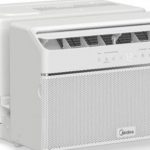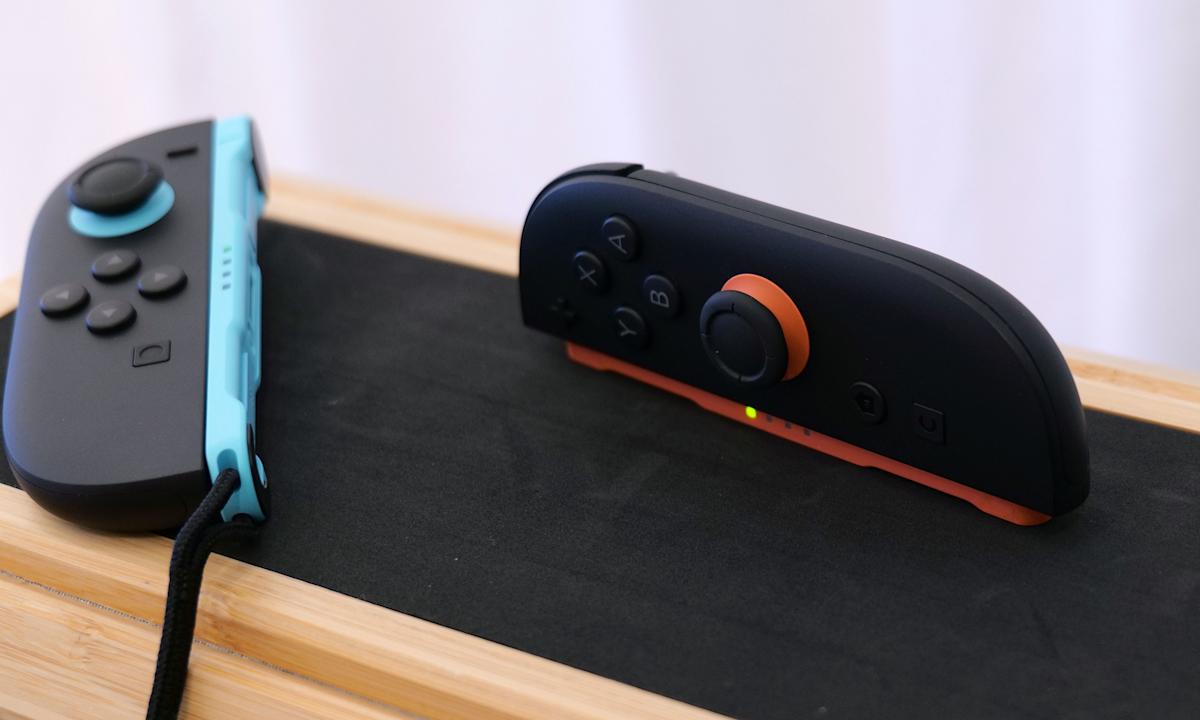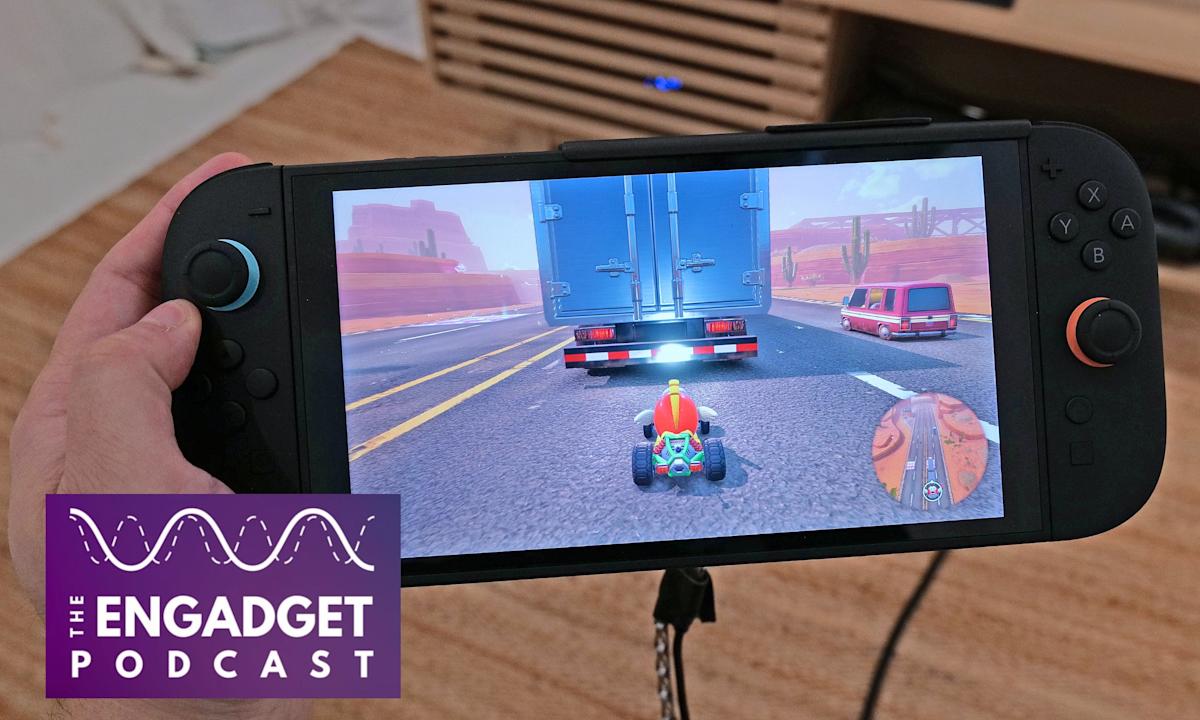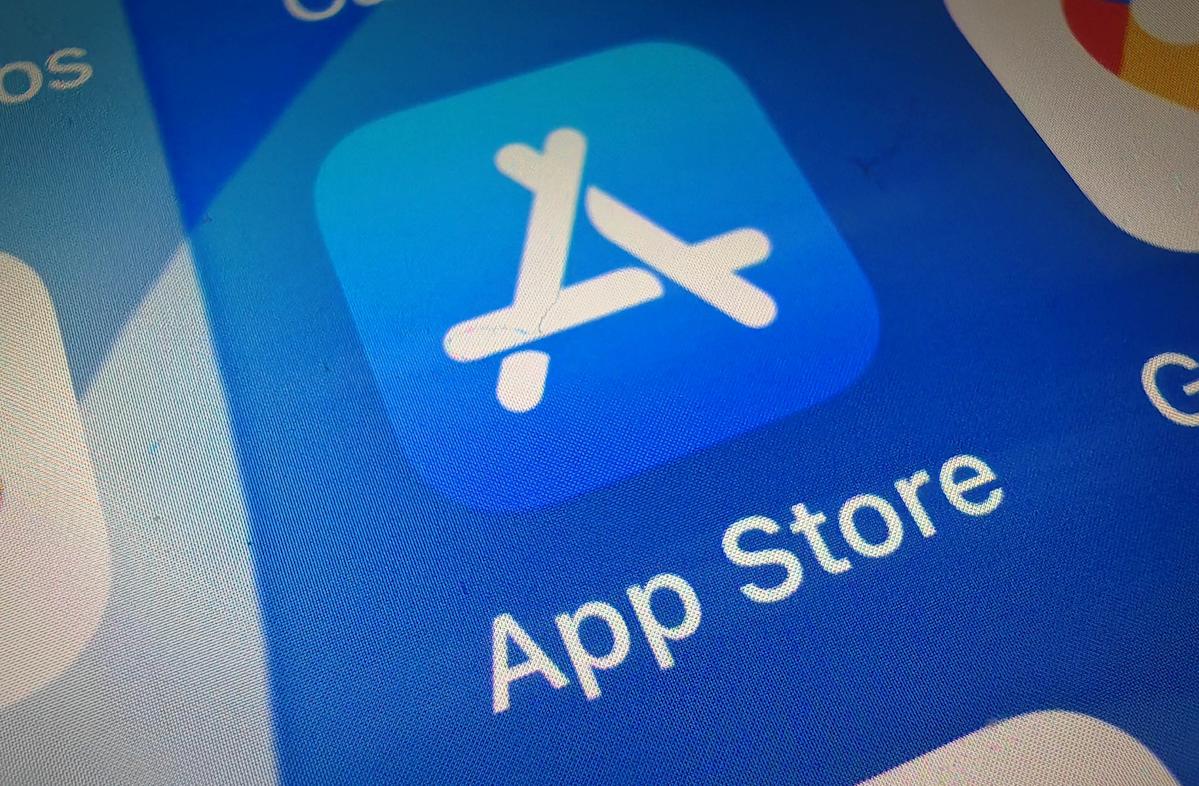The first thing you do after tearing open the Switch 2’s box is snap its Joy-Con 2 controllers to the sides of the console. But unlike the Switch 1, which used flimsy rails to connect its controllers, the Switch 2’s Joy-Con rely on magnets. That leads to a visceral “thunk” whenever you snap them on — it’s as if they leap out of your hands and right onto the Switch, ready for some Mario Kart World action. And every time it happens, I can’t help but smile.
Even before you turn on the Switch 2, it’s clear that Nintendo recognized one of the biggest issues of the original Switch: Those Joy-Con rails stunk. They didn’t hold the controllers in place well, and they wore down over time, which could lead to Joy-Cons slipping out mid-gameplay. In my case, one bad drop just two weeks into owning the original Switch made one of my Joy-Con gamepads loose for the system’s lifetime. The only fix was replacing the controller’s locking buckle, or buying a new an entirely new Joy-Con set for $80.
So, at the very least, it feels nice to have a new Switch console where the controllers feel sturdy. With the Joy-Con 2 attached, the Switch 2 feels almost as solid as the Switch Lite, which doesn’t have removable controllers. To put it another way, the Joy-Con 2’s “thunk” is like the satisfying sound of a luxury car door being slammed shut rather than the sound of a cheap economy car closing. The “thunk” means security. The “thunk” means quality.
We still don’t know if the Joy-Con 2 are completely free of the dreaded drifting problem that plagued the original controllers. One Reddit user claimed their launch system arrived with drifting controllers, and Redditor moshi_yo tore their controller apart and noticed that it uses the same joystick mechanism. But Nintendo producer Kouichi Kawamoto said in an interview that the company “redesigned everything from scratch.” They added, “Compared to the Joy-Con controllers for Switch, the control sticks are larger and more durable, with smoother movement.”
Less immediately noticeable than the Joy-Con 2 “thunk” is the Switch 2’s wider kickstand, which I quickly learned to appreciate. That’s something Nintendo brought over from the Switch OLED model, but it’s still useful this time around. As I was playing Nintendo Switch 2 Welcome Tour, the kickstand easily let me balance the system on my lap in tablet mode while using the Joy-Con 2 to mouse around on my leg. Is that an ideal setup? No. But it’s certainly functional in a pinch.
While the Switch 2 overall feels like a major refinement of the original, with its larger screen, dramatically faster hardware and more usable eShop, new issues have cropped up for Nintendo. The console’s reliance on expensive microSD Express cards will make it tough for players to deal with increasingly large games, and similarly developers seem to be balking at actually putting games on physical carts. Instead, many titles are taking advantage of Nintendo’s Game-Key Cards, which unlock digital versions of titles and can be resold like a physical used game. Unlike full-fledged carts, though, those Game-Key Cards won’t work down the line when Nintendo eventually moves on from the Switch 2 and shuts down its eShop.










